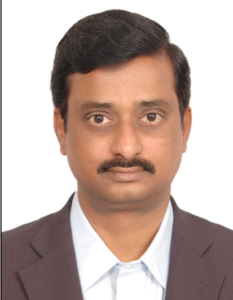Description
Airborne and Structure-borne ultrasound has evolved into a technology that many would consider to be the cornerstone of an effective maintenance and reliability program. From compressed air & gas leak detection, electrical inspection, and various mechanical inspections, ultrasound is truly a versatile tool for anyone’s PdM “toolbox.” One application in particular, is to utilize the technology for condition based lubrication and to reduce lubrication related failures in rotating equipment.
The most common causes of bearing failures are related to lubrication. These failures happen because of either a lack of lubrication, or too much lubrication. Ultrasound assisted lubrication helps to take the guesswork out of how much lubricant to apply. Additionally, typical lubrication programs are based on timed intervals. With time-based lubrication, the tendency is to over lubricate. Lubricant is applied at timed intervals whether the equipment needs to be greased or not.
This presentation will show how using structure-borne ultrasound can detect mechanical faults in rotating equipment and prevent failures due to either a lack of lubrication, or over lubrication. The benefits of less rotating equipment failures include less unscheduled downtime, reduced maintenance costs, and reduced motor repair costs. Information will also be presented on how airborne and structure-borne ultrasound is a perfect complement to other technologies such as vibration analysis and infrared thermography.
Ultrasound Assisted Lubrication Best Practices:
- Ultrasound Technology and Reliability Programs
- Condition Based Lubrication Program
- When to lubricate a bearing?
- How much to lubricate a bearing?
- Benefits and Efficiency Improvement of Maintenance Task Force
- Complimentary Tool to Other PdM Technologies
Bio
 Manohar Chidurala is representing UE Systems Inc., USA since 2010 and certified Level 2 (ASNT) in Ultrasound Technology and Level 2 in Vibration Technology from Vibration Institute. He is graduated in Mechanical Engineering and M.B.A. in Technology Management. He is working in the Industry since 1991 promoting Predictive Maintenance Technologies to Indian Industries and abroad in all industry sectors. He has hands-on experience implementing all the PdM Technologies including Vibration, Oil Analysis, Ultrasound, Thermography, Electrical Signature Analysis etc. He is providing Training, Technical and Application Support to implementing Ultrasound Technology effectively in the plant environment. Currently living in Hyderabad, India, with his wife and children and supporting the IMENA region.
Manohar Chidurala is representing UE Systems Inc., USA since 2010 and certified Level 2 (ASNT) in Ultrasound Technology and Level 2 in Vibration Technology from Vibration Institute. He is graduated in Mechanical Engineering and M.B.A. in Technology Management. He is working in the Industry since 1991 promoting Predictive Maintenance Technologies to Indian Industries and abroad in all industry sectors. He has hands-on experience implementing all the PdM Technologies including Vibration, Oil Analysis, Ultrasound, Thermography, Electrical Signature Analysis etc. He is providing Training, Technical and Application Support to implementing Ultrasound Technology effectively in the plant environment. Currently living in Hyderabad, India, with his wife and children and supporting the IMENA region.